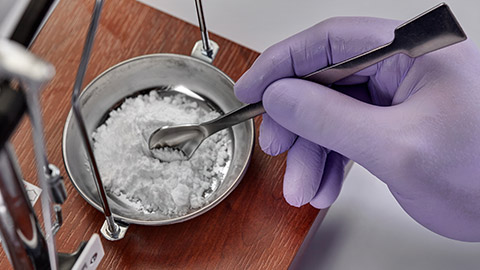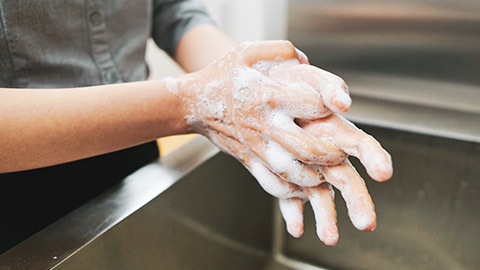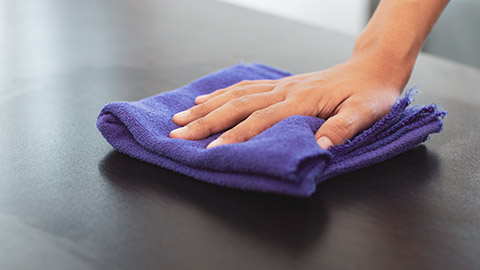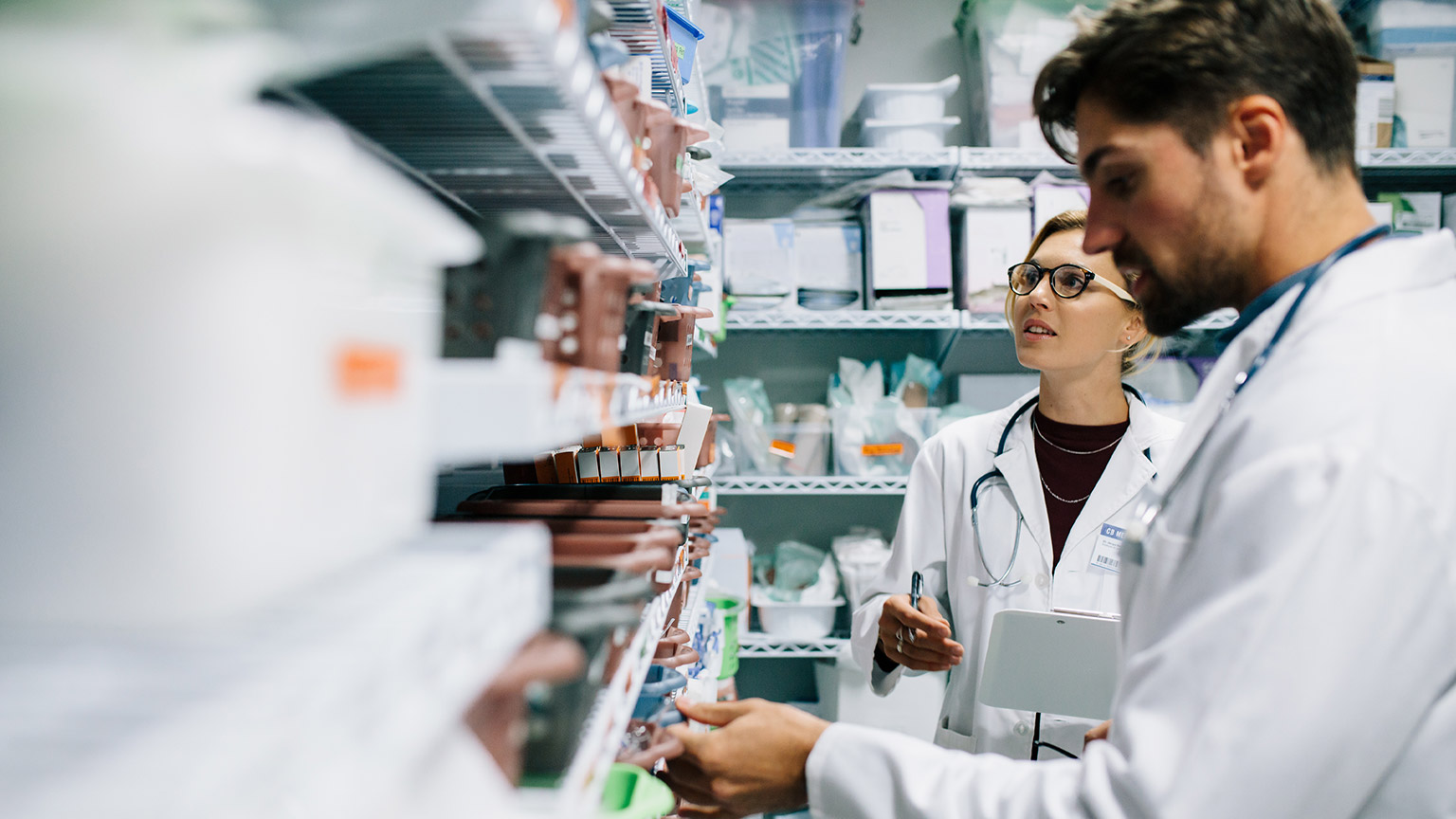Welcome back to our topic on communication with other healthcare professionals. This session is brief but just as significant as our previous ones.
Me ruku ki te kaupapa. Let’s jump right in!
Communication
In our last session, we discussed the importance of effective communication for collaboration between health professionals in the pharmacy workplace. We know this is essential for ensuring optimal patient care, preventing medication errors, and promoting positive health outcomes.
You also wrote a journal post titled 'Collaboration' about the consequences of ineffective collaboration between a pharmacy technician and other healthcare professionals. Let’s recap these consequences.
Consequences for ineffective collaboration - for patients
- Delayed or incorrect treatment due to miscommunication and poor collaboration between healthcare providers.
- Increased risk of medical errors, adverse drug reactions, or complications.
- Reduced trust and satisfaction with healthcare services, decreasing patient engagement and treatment plan adherence.
- Potentially compromised patient safety and quality of care.
- Inconvenience and additional expenses incurred from needing to travel to different healthcare facilities or locations to access services where communication and collaboration are more effective.
Consequences for ineffective collaboration - for healthcare professionals
- Heightened stress levels and job dissatisfaction stemming from misunderstandings, conflicting instructions, or lack of support.
- Hindered career advancement opportunities and a negative work environment.
- Decreased efficiency and productivity due to time wasted clarifying communication breakdowns or resolving conflicts.
- Damaged professional relationships and teamwork, hindering effective collaboration and interdisciplinary care.
- Potential legal and ethical implications resulting from errors or omissions caused by communication failures.
Barriers to communication
We have previously identified the skills, techniques and behaviours that support effective communication and collaboration, but what is it that gets in the way of clear, accurate and effective communication?
You may have already started thinking about barriers to communication in our last session. Now, jot down a few barriers that you can think of, and then select the (+) symbol to compare your ideas.
Several factors could contribute to ineffective communication and collaboration in the daily work of a pharmacy technician interacting with other healthcare professionals, including:
- Time constraints: Busy schedules and time pressures can hinder effective communication and collaboration, as healthcare professionals may not have sufficient time to discuss patient cases or share important information.
- Technology issues: Technical problems with communication tools or electronic health record systems can disrupt communication flow and hinder collaboration between healthcare professionals.
- Noise and interruptions: Background noise and interruptions, whether from other colleagues, phone calls, or other tasks, can disrupt conversations and derail workflow, leading to misunderstandings and errors.
- Differences in communication styles: Healthcare professionals may have diverse communication styles, leading to misinterpretation or difficulty in conveying information effectively.
- Language barriers: Differences in language proficiency among healthcare professionals from diverse cultural backgrounds can lead to misunderstandings.
- Non-verbal communication: Cultural norms regarding non-verbal cues such as gestures, eye contact, and personal space may vary, affecting the interpretation of messages and interactions.
- Role confusion: Lack of clarity about each healthcare professional's roles and responsibilities can lead to confusion and overlap in duties, resulting in inefficiencies and errors in patient care.
- Lack of training: Without interprofessional communication and collaboration training, healthcare professionals may struggle to work effectively as a team and coordinate patient care.
Forum activity
Barriers to communication
Now that you are aware of some communication barriers that you might face as a healthcare professional, take some time to identify strategies for overcoming these.
- Choose one barrier to communication (either listed above or another one you think of).
- In this week's forum, share one strategy for how health professionals can overcome the barrier: Barriers To Communication.
- After you've published your post, respond to at least one of your peers' posts with a different strategy for overcoming the barrier that they have shared.
As a pharmacy technician, you will be supporting patients at important moments in their lives. They may have recently been diagnosed with a medical condition, be seeking support about a health condition or picking up their regular prescription. They may be confused, stressed, or even excited. Your professionalism, compassion, tact and ability to support them are central to being a great pharmacy technician.
Part of this also involves working confidently and collaboratively with other healthcare professionals to provide a high level of care.
This week's self-directed learning activity will require you to step back and consider these communication skills objectively.
Self-directed learning activity
Communicating
It's time for some self-reflection about your own communication and collaboration skills in the workplace.
- Create a journal titled 'Communicating'.
- Answer the following questions.
- You can choose whether you would like to publish the post to 'All course users' or to 'Yourself' for your reference only.
- Save the permalink to your Index of Journal Posts.
Questions
- How confident are you currently in communicating and collaborating with healthcare professionals? This may be the staff in your workplace and healthcare professionals such as doctors and nurses.
- If you haven't had the chance to communicate with healthcare professionals outside of your current workplace, do you anticipate feeling comfortable in such interactions?
- What could you do to increase your confidence in communicating and collaborating with other healthcare professionals? Some examples may include adjusting your communication style, practising active listening in conversations, asking clarifying questions, seeking feedback and staying informed on the latest developments in pharmacy practice.
That’s a wrap! This week's session of Professional Practice 2 is now complete. In our next session, we look at the different communication channels pharmacy technicians use in their daily work. Mā te wā, see you later.

Nau mai hoki mai, welcome back to Dispensing 2, where we continue learning about non-aseptic compounding. Me tīmata tātou! Let’s get started!
Standard Operating Procedures (SOPs)
The New Zealand Health and Disability Service Pharmacy Standards give guidance on the practices and procedures for compounding. They note that pharmacies should have Standard Operating Procedures (SOPs) for these practices and procedures. The SOPs ensure that staff are qualified and that equipment, materials, and premises are used appropriately according to the requirements of each preparation or product.
Staff need to be trained and competent in all aspects of compounding, including:
- Equipment
- Personal hygiene
- Work areas
Let’s explore each of these.
Equipment
All equipment used for non-aseptic compounding needs to be clean as opposed to sterile. So, what does that actually mean?
Key points
- Equipment and utensils should be designed and constructed to be suitable for their purpose and easy to clean to prevent contamination of products.
- Equipment should not be used for any purpose other than preparing and dispensing medicines.
- Weighing scales, measuring equipment, and utensils should be appropriate and adequate to carry out compounding - this means using the correct tools for the job!
- Measuring and weighing equipment should be calibrated and checked regularly to ensure they are giving accurate readings.
- Utensils and glassware should be regularly checked for damage.
- All methods of equipment checking should be systematic, and records should be kept, ensuring products are safe and of acceptable and consistent quality.
- Equipment should be stored carefully and correctly to avoid damage.
Equipment for compounding
Typical equipment used in non-aseptic compounding includes:
- Spatulas
- Glass slab/ointment slab
- Mortar and pestle
- Glass stirring rod
- Stamped glass conical measure
- Graduated cylinders
- Weighing scales
- Weighing paper
- Personal Protective Equipment (PPE)
- Packaging materials.
Journal post
Reading liquid volumes
During our earlier exploration of Introduction to Dispensing, we covered the essential skill of accurately reading the volume of a liquid in a measuring container. Practice documenting these steps in this journal post activity.
- Create a journal post called ‘Reading Liquid Volumes’.
- Imagine yourself instructing a colleague on how to read the quantity of water in a conical measure. As you guide them through each step, ensure you explain the purpose behind each action. Document your verbal guidance and explanations in your journal post.
- Publish your post to ‘All course users’ so that your tutor can provide feedback.
- Save the permalink to your Index of Journal Posts so that you can easily look back for tutor feedback.
Personal hygiene

At this point in your programme, you should be confident carrying out the personal hygiene practices and procedures required in the pharmacy workplace, understanding the reason behind each action. Your workplace will have SOPs for the different procedures carried out in the dispensary, including non-aseptic compounding.
Key points
- The pharmacy manager should ensure that procedures related to health, hygiene practices and clothing are established.
- Each staff member should understand and practise these procedures. Special attention should be accorded to hand hygiene.
- In general, any unhygienic practice (including eating, drinking, chewing and smoking, or the storage of food, drink, smoking materials and personal medication) should not occur in the dispensing, compounding and pharmaceutical storage areas of the pharmacy.
- Staff members with an infectious disease, open skin lesion on exposed surfaces of the body or a condition that would present abnormal microbiological hazards to products should not be involved in compounding and dispensing or have direct contact with pharmaceuticals until the condition is remedied.
Work areas

Earlier in your programme, we discussed the pharmacy work area, focusing on hygiene and the arrangement of the space. In essence, the layout and setup of the works area for non-aseptic compounding should aim to reduce the chances of errors, contamination, and cross-contamination.
Journal post
Work Area Key Points
- Create a journal post called ‘Work Area Key Points’.
- List the key points about the hygiene, design, layout, location and flow of staff in the compounding work area.
- For example, 'Hygiene - the work area needs to be made of surfaces that are easily cleaned to keep the area clean and free from contaminants.'
- Publish your post to ‘All course users’.
- Save the permalink to your Index of Journal Posts.
Now that we've tackled how equipment, personal hygiene, and work areas contribute to successful compounding, let's explore the physical materials that are required to start compounding.
Starting materials
These raw ingredients or components are used to prepare compounded medications or products. They do not include any packaging material.
Starting materials may include:
- Active pharmaceutical ingredients.
- Excipients, which can encompass various substances such as fillers, binders, lubricants, preservatives, flavourings, colourants, and solvents.
Starting materials must be inspected thoroughly to ensure they are safe and of acceptable quality. Pharmacies will have SOPs outlining this quality assurance process along with proper documentation.
Water
Water is a common starting ingredient used in non-aseptic compounding as a dilutant or solvent. Let's briefly look at the following scenario.
You are such a good teacher (go you!) that your manager asks you to, once again, demonstrate and explain a compounding technique to a colleague. The colleague watches as you fill a graduated cylinder with water from the tap. They ask, “Is it safe to use water from the tap? Don’t we have to use special water, you know, like distilled or purified water?”
Do you know the answer to this question? Take a moment to think about how you would respond before clicking on the (+) symbol.
- It is safe to use tap water as long as it comes from a treated, piped town supply that is safe to be used as drinking water (potable).
- Some formulas may specifically call for distilled or purified water, in which case these will be used instead of tap water.
Self-directed learning activities
This week, we have two self-directed learning activities for you to complete.
Activity 1 - Terminology
- Create a journal post titled 'Terminology'.
- In your own words, explain the meaning of each of the following terms/ words.
- You may also like to add these words to your personal glossary.
- Publish the post to 'All course users'.
Terms
- Dilutant
- Solvent
- Potable water
- Uniformly dispersed
- Pharmaceutical product.
Activity 2 - compounding SOPs
- Find the SOPs for non-aseptic compounding in your pharmacy workplace.
- Share your answers to the following questions in the forum: SDL: Non-aseptic Compounding SOPs.
- Check out the SOPs that your fellow ākonga (learners) share. Do they have key points similar to or different from yours?
Questions
- Where are the SOPs kept?
- Are they digital, hard copy or both?
- Are there notices or posters in the dispensary to remind staff of the SOPs for compounding?
- What are the key points for your pharmacy's personal hygiene and work area SOPs for non-aseptic compounding? For example, are you required to wear gloves?
Ka mutu pea, you're doing awesome. You've officially completed this week. Ka pai.
